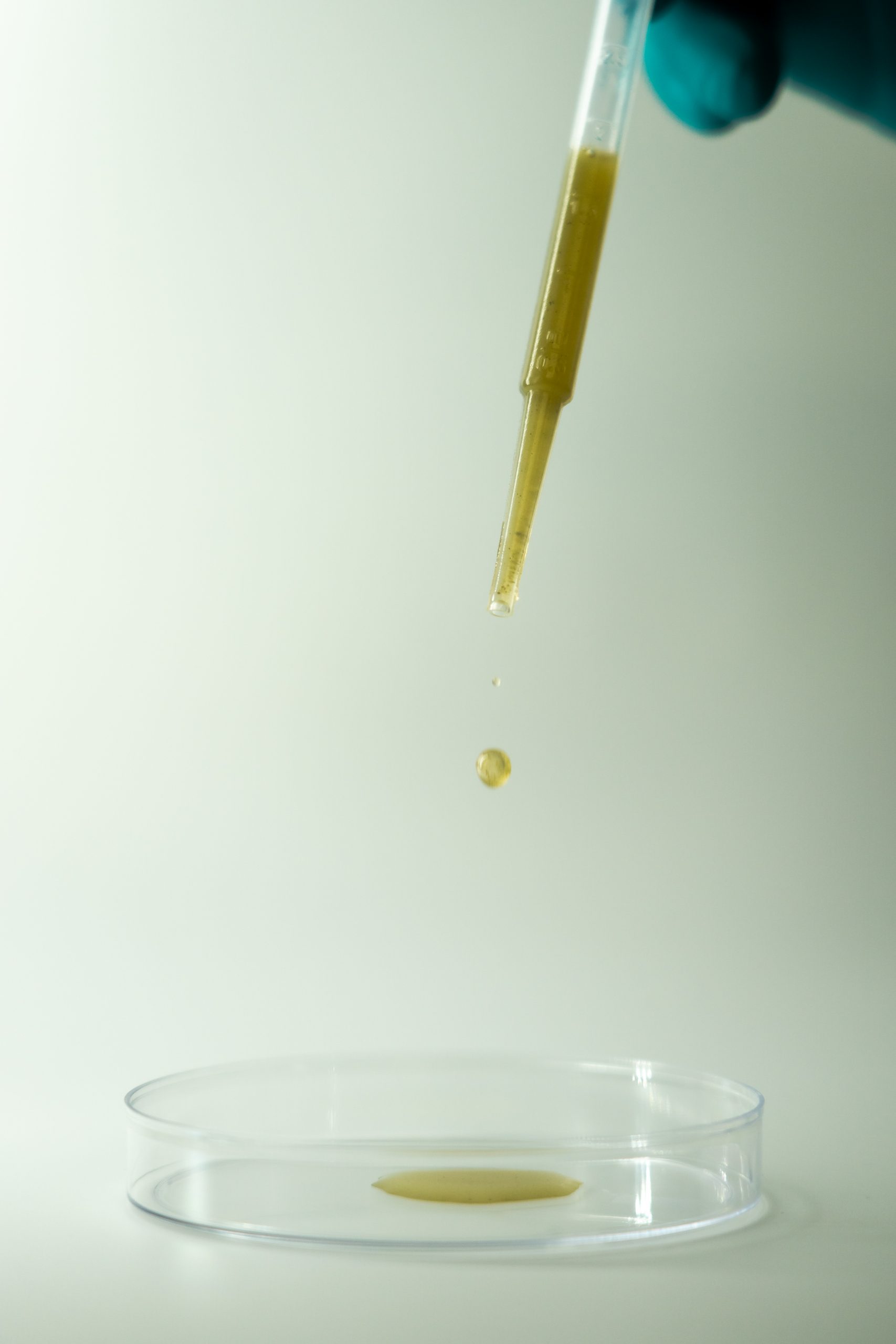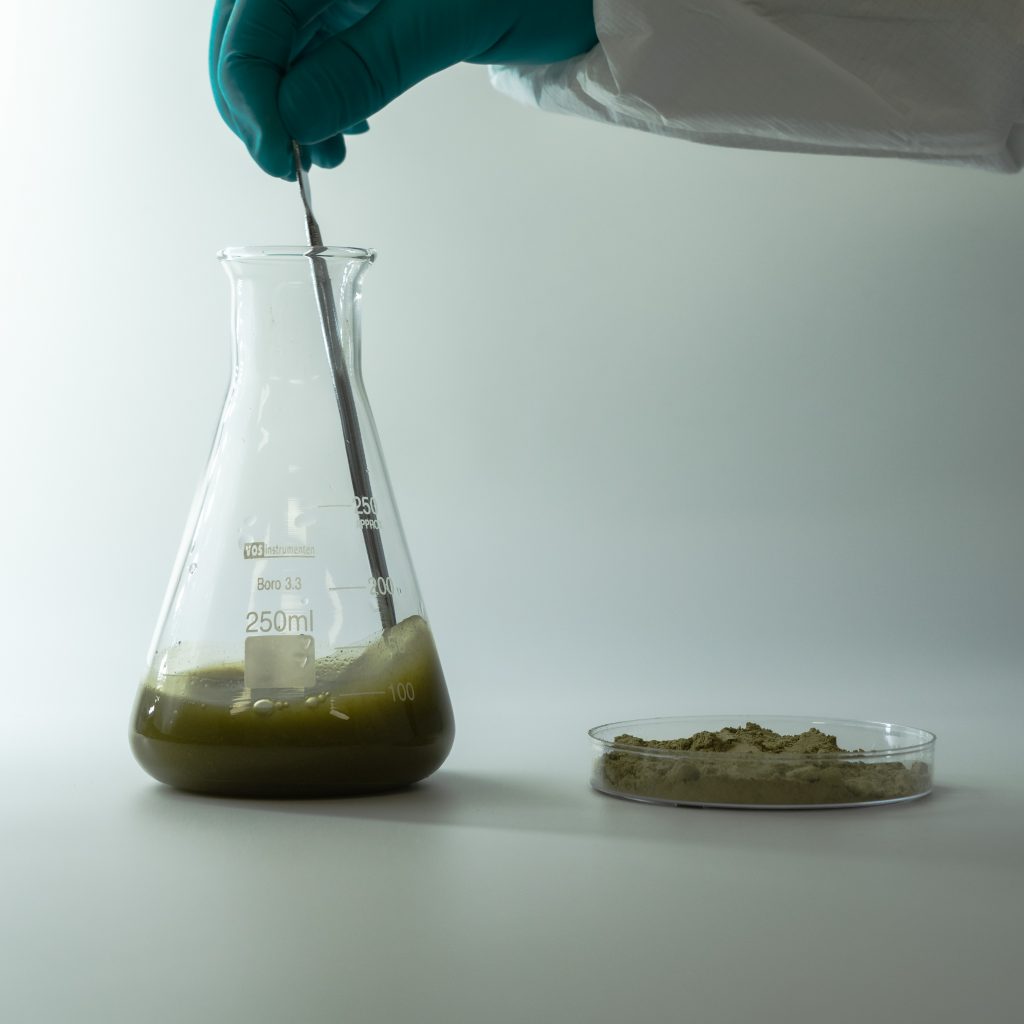How we test
After having tried different Kratom specialized testing laboratories we recognized that test results differ strongly between certain laboratories. This can occur due to slightly inaccurate testing processes.
We sent samples from the same batch to different labs and decided on the lab that delivered steady results. Unfortunately, the other labs had higher results for the alkaloid contents but for us it is more important to have exact test results, which our customers can rely on, rather than just going for a potential high result.
Knowing how potent a Kratom batch is might be one of the most interesting information for a Kratom user. Also, to categorize different product qualities and to apply a fair pricing strategy, the information about alkaloid contents is crucial.
We test for Kratom’s primary alkaloids Mitragynine and 7-Hydroxymitragynine.
The usual range in raw plant material of Kratom is between 0,5%-1,5% Mitragynine. Results over 1,7% are extremely rare and often not realistic.
- Arsenic (AS)
- Cadmium (Cd)
- Lead (Pb)
- Mercury (Hg)
Products can only be offered to our customers if all tested heavy metals are within the quantitation limit.
By running this test different possible microbiological contaminations are checked. In detail we test for:
- Salmonella
- Listeria monocytogenes
- Yeasts and Molds
- Coliform bacteria
- E. coli Bacteria
Especially Salmonella are a serious risk for Kratom users and should absolutely be tested. In 2018 there was a recall in 41 US-States after 199 cases of salmonellosis were linked to the consumption of Kratom products. By using a Polymerase Chain Reaction to detect Salmonella in our Kratom products we make sure that it detects a contamination even if there is just 1 Salmonella cell in the sample that is tested. In this case the whole batch is considered unqualified for sale and is discarded.


